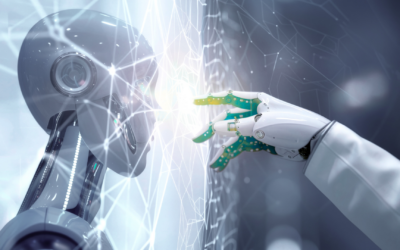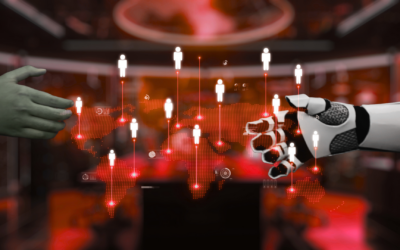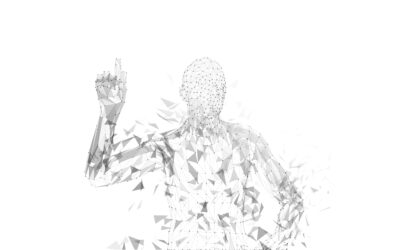Reducing Engineering Burnout Through Smarter Staffing Models
-
discover
-
Featured
Engineering burnout is no longer just a “people problem.” It is a business risk. According to Deloitte, nearly 77% of professionals report experiencing burnout in their current jobs. In technical teams, the consequences are amplified: missed deadlines, rising error rates, and higher turnover. Gartner research has also linked talent fatigue directly to slower digital transformation and declining product quality.
The pressure on engineering leaders is clear: deliver more, faster, with fewer resources. Running teams at constant overdrive only compounds the problem. The smarter solution is not to push harder but to rethink staffing models so that teams are resilient, not exhausted.
How staffing models impact burnout
Burnout often stems from structural issues rather than individual resilience. When staffing models are not designed for flexibility, engineers end up shouldering the gap.
The most common causes include:
- Overloaded workloads: Too few engineers covering too many projects leads to chronic overtime.
- Skills mismatches: Teams stretched into roles they were not hired for cannot sustain performance.
- Slow hiring cycles: Waiting months to backfill positions means the pressure sits on current staff.
- Lack of scaling options: Inability to ramp up or down creates crunch periods followed by idle gaps.
McKinsey research shows that organizations with adaptive staffing approaches improve productivity by up to 20% while lowering attrition rates. This suggests that smarter staffing is not only a relief valve for burnout, it is a performance strategy.
What smarter staffing looks like
A healthier staffing model does not mean hiring endlessly. It means aligning the right resources at the right time. Smarter approaches include:
- Agile staff augmentation: Supplementing teams with specialized professionals when project demands peak, ensuring workloads stay balanced.
- Skill-focused placement: Matching talent to tasks based on expertise, reducing the stress of misalignment.
- Flexible scaling: Using nearshore partners to scale teams quickly in response to project changes rather than overburdening existing staff.
- Retention-driven hiring: Prioritizing models that encourage stability, cohesion, and long-term engagement instead of a revolving door of contractors.
The Boston Consulting Group found that organizations with flexible workforce strategies achieve 40% greater operational agility. For engineering teams, that agility directly translates to fewer fire drills, steadier workloads, and healthier employees.
Why EX Squared approaches this differently
At EX Squared, we believe that solving burnout is not about temporary fixes. It is about building staffing partnerships that prioritize sustainability. Our model is built to:
- Provide fast access to specialized talent across Latin America, reducing wait times that fuel stress.
- Design team structures that scale without overwhelming existing staff.
- Foster retention and cohesion through people-first practices, so teams do not lose momentum to constant turnover.
- Share market insights and data with our partners so they can anticipate staffing challenges before they become burnout triggers.
Burnout in engineering is real, measurable, and expensive. Leaders who treat it as a structural challenge, and adjust staffing models accordingly, protect both their people and their business outcomes. Smarter staffing helps engineers feel supported and builds the resilience companies need to deliver consistently in a fast-changing market.
EX Squared is here as your partner to make that shift. We work with you to design staffing models that reduce pressure, increase adaptability, and build stronger teams for the long term. If you are ready to explore how to create a healthier, more resilient engineering organization, let’s talk.
References
Deloitte. (2020). Workplace Burnout Survey: Employee Experience. Link
Gartner. (2023). Top Strategic Technology Trends 2023. Link
McKinsey & Company. (2021). The Future of Work: Reskilling and Remote Working. Link
Boston Consulting Group. (2020). The Future of Workforce Agility. Link
Want To Learn More?
Talk with us
EX Squared is a creative technology agency that creates digital products for real human beings.




